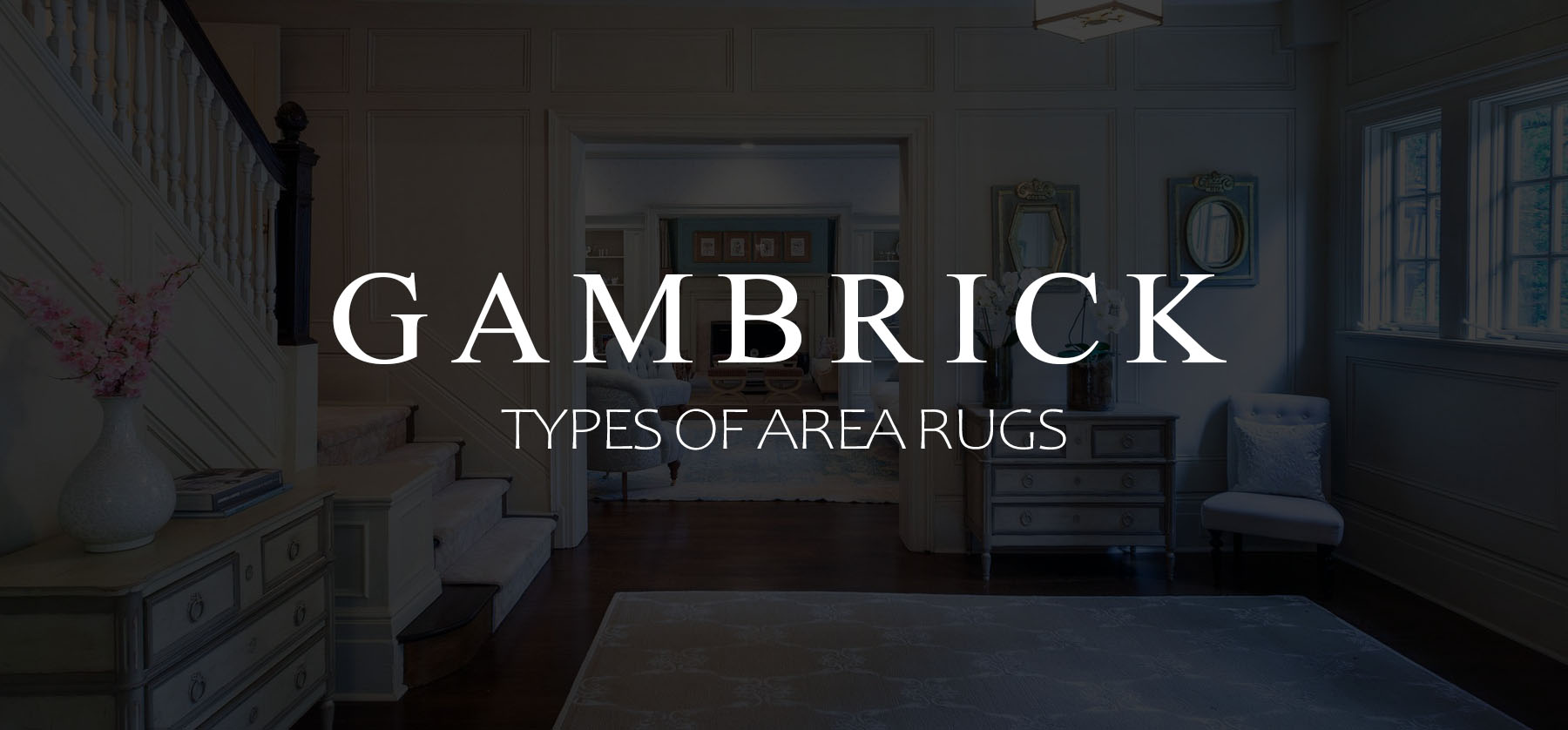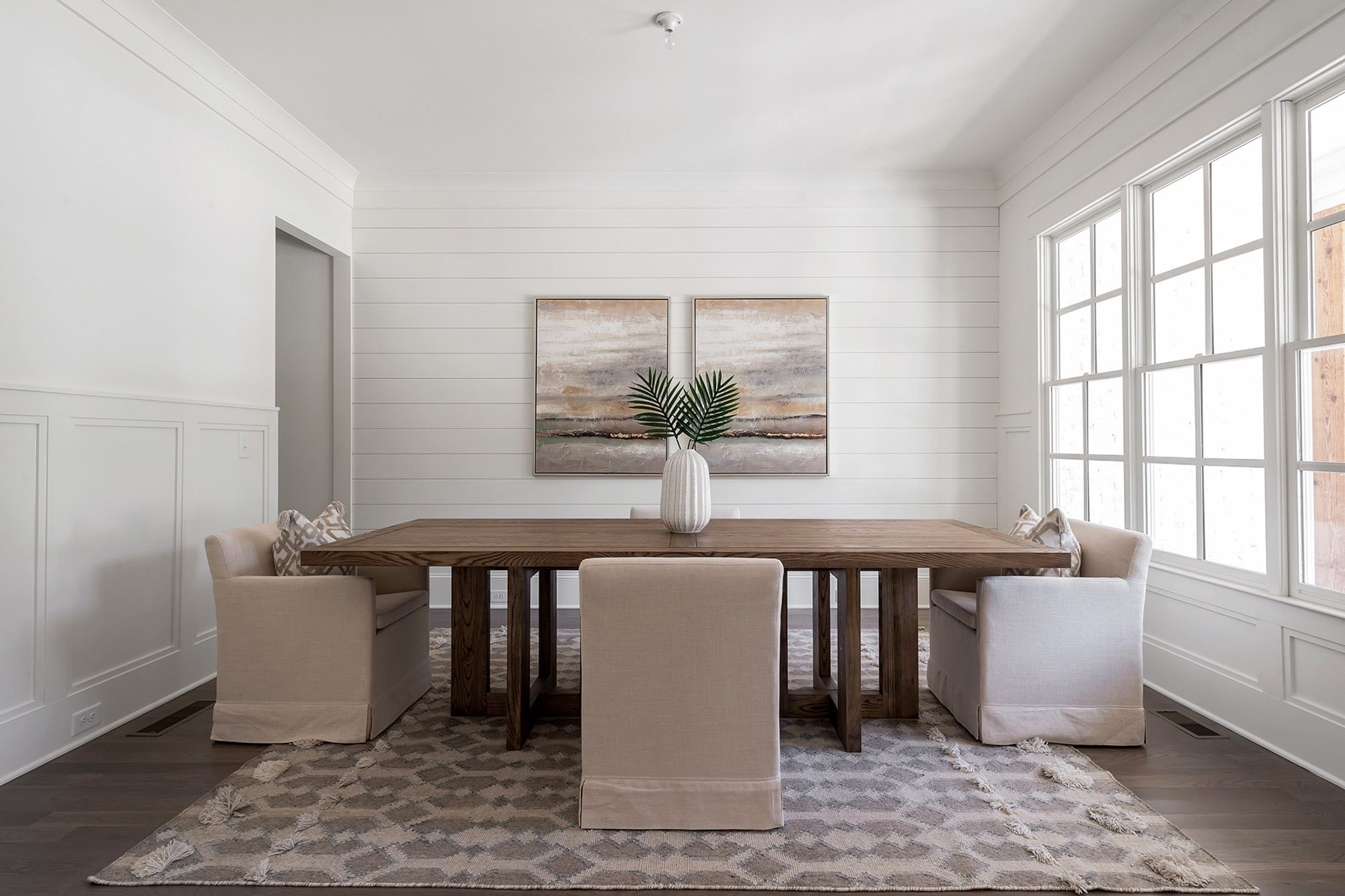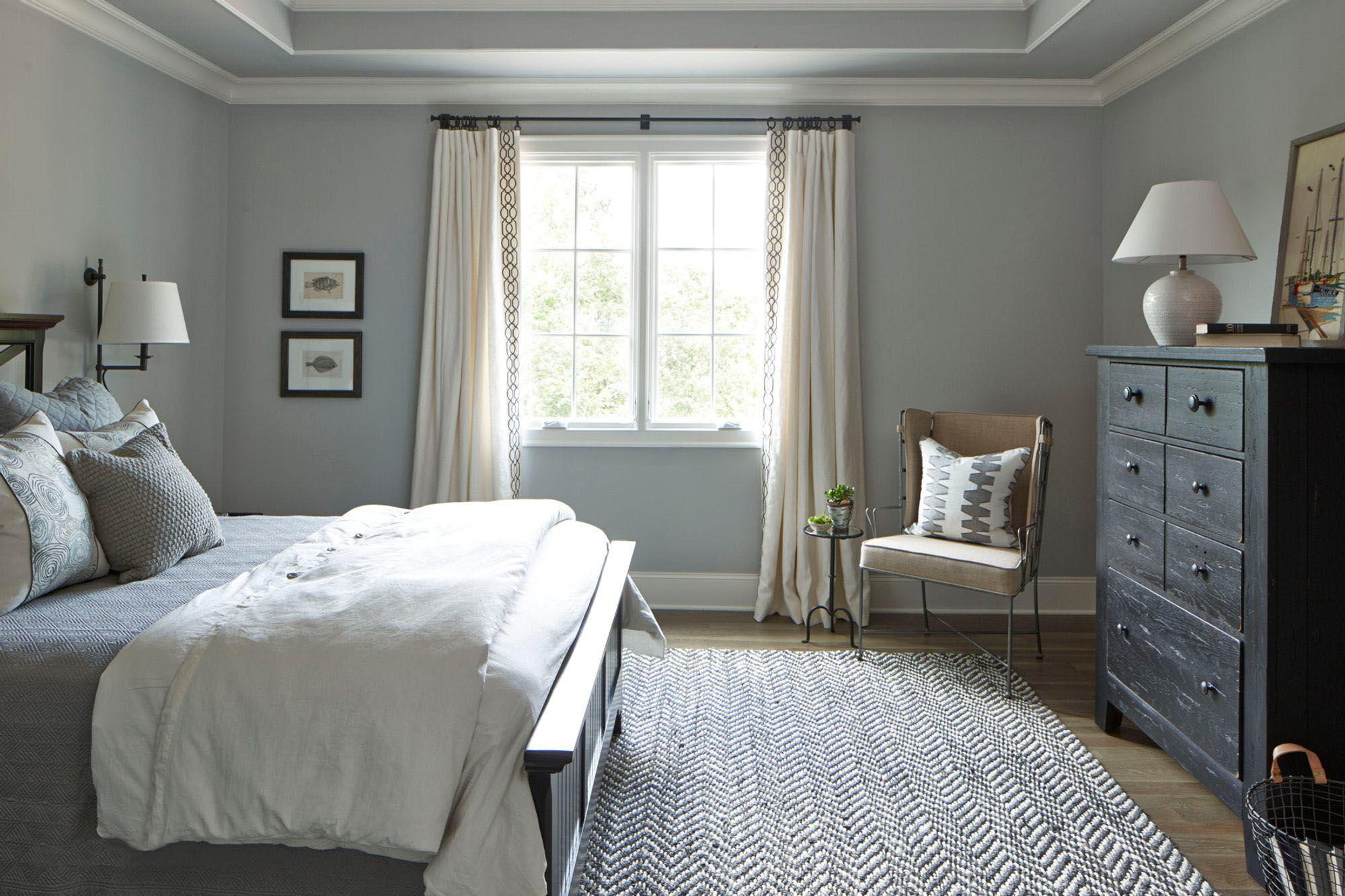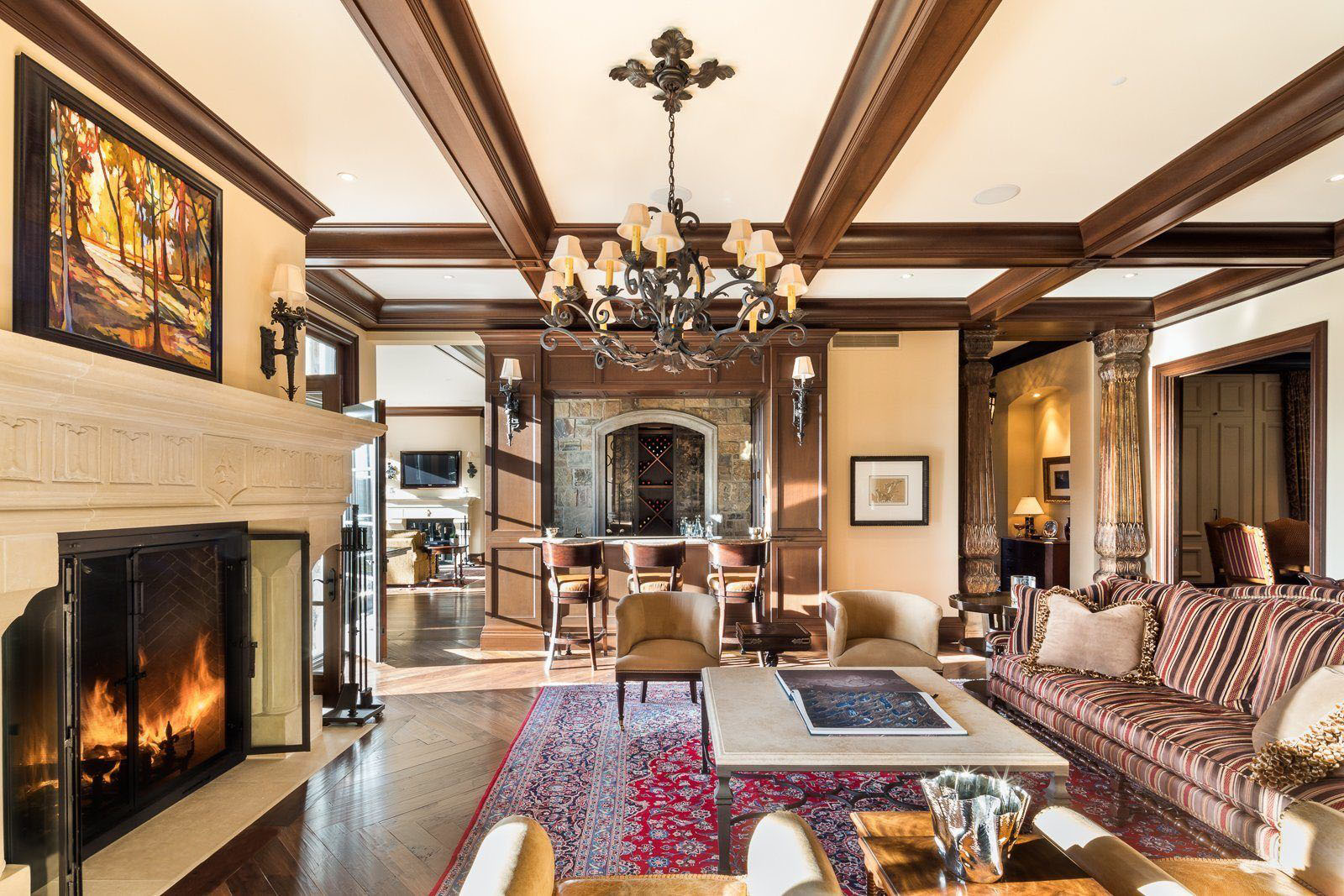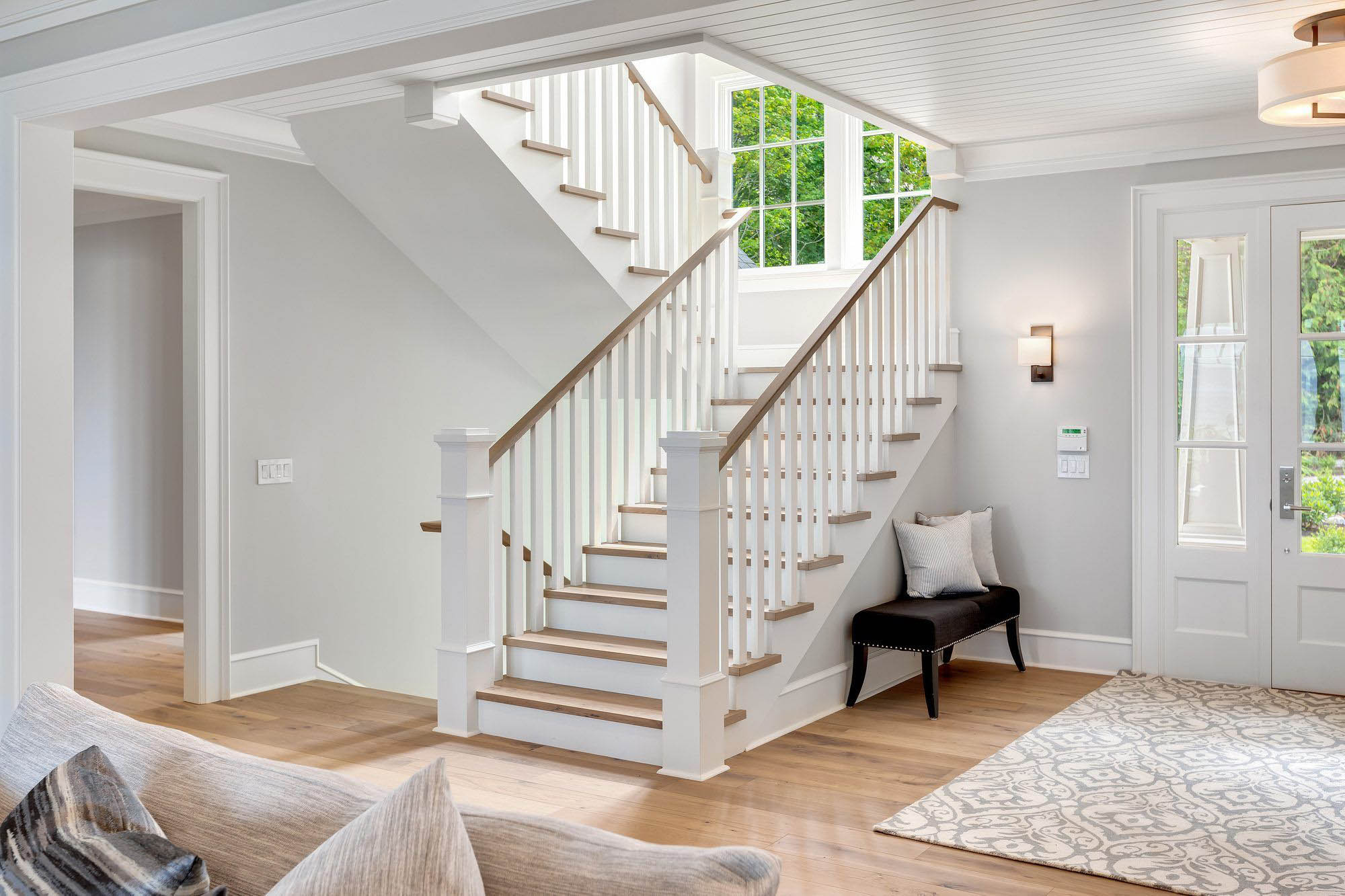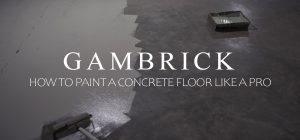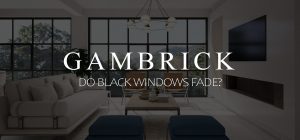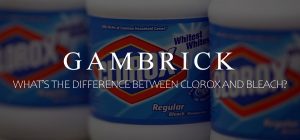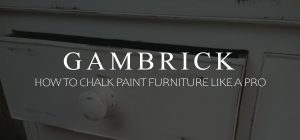Types Of Area Rugs & Rug Materials
Area Rugs have never been more in style then they are right now. We use them in just about every home we design as well as in our own homes. And it’s important for you to know the different types of area rugs available and the materials they’re made of before you make a purchase.
Deciding on what rug material to buy is essential. You should consider how the rug will be used, what kind of foot traffic it’ll see, and the style of your home. It’s pretty easy to feel overwhelmed by the variety of rugs you can choose from. There’s an ample selection of shapes, styles, sizes and designs. An area rug can really tie your room together and are an important part of interior design. From rich, hand made wools to durable synthetics, rugs are sold at all sorts of price points. Choosing the right rug isn’t an easy decision to make. You should also consider how easy they are to clean, what they’re made of, and if they’re non-toxic & Eco friendly. Buying the right rug may not be as simple as it seams.
Before you buy your next area rug, it’s important to familiarize yourself with the different types of area rugs and rug materials they’re made of because there are pros and cons to each type.
Here is our guide to the most common rug materials you should know along with some pros & cons of each.
Dining room woven area rug made from natural fibers and no harsh dyes or chemicals.
Types Of Area Rug Materials
The first thing we should discuss is what area rugs are made of. Rugs come in two main types, natural rug fibers and composite rug fibers. We’ll discuss both types in more detail next.
Natural Rug Fibers
Natural fibers, such as wool, cotton or sisal, are commonly used to make handmade rugs. They’re much more durable than mass produced synthetic rugs and are a much finer quality material.
Natural rug fibers last longer and don’t release harmful gasses into the environment. They can be hand-knotted, hand-tufted or flat-woven and come in a wide variety of styles, sizes and designs. Some natural fiber rugs are Eco-friendly and/or 100% non-toxic. These aren’t options with synthetic rug materials.
It should also be mentioned that just because an area rug is made of natural fibers doesn’t mean it’s Eco-friendly or non-toxic. If that’s what you want then you should buy a rug that’s inspected by a third party and certified. We’ll get into that later in on the article.
Wool rugs are great for a dining room. They’re durable, look great and have a nice, soft feel.
Wool Rugs
Wool is a natural fiber that’s been used to make rugs for centuries. It’s extremely durable and looks great.
Wool rugs are traditionally handwoven, hand-tufted, hand-knotted, or hand-loomed. There are machine loomed wool rugs available, but these are usually made with synthetic wool fibers and not actual wool. Real wool rugs are more expensive because of the work that goes into designing and creating them, but the quality is excellent.
Because of wool’s durability, they’re ideal for high traffic areas, like the living room, bedroom, or entryway. And they’re great for repelling water and don’t stain easily.
Pros:
- Wool holds color very well and cleans up easily
- Wool rugs are very soft
- Extremely durable and can last for generations
- Come in a wide variety of styles, sizes and designs
- Repels stains and water very well
- Excellent insulating properties; cozy underfoot
Cons:
- Wool rugs are expensive
- Not good for damp places because wool can absorb humidity
- Wool rugs tend to fade in sunlight or after several washes
- They shed at first which requires some special care
Summary
You really can’t go wrong with a wool area rug. They’re beautiful, very durable, easy to clean and feel soft to the touch. But they are expensive which is why most people end up buying synthetic wool instead.
There are non-toxic and Eco-friendly wool rugs on the market so if these issues are important to you then you may want to consider them.
Wool Rug Construction
There’s nothing like the warmth and style that handwoven and hand-tufted wool rugs bring to a room. The upkeep is minimal, they’re naturally stain-resistant thanks to natural oils that prevent dirt from adhering to the yarn, and because wool is a durable fiber it’s a great for high-traffic areas.
Hand-Knotted Wool Rugs: Yarn is wrapped and then knotted around each warp thread. Each piece of yarn is then hand-cut and hand-tamped to form tightly woven area rugs. Because these are hand made rugs by expert craftsmen they’re beautiful and last for generations. But they’re also quite expensive.
Hand-tufted Wool Rugs: By using a tufting tool, skilled craftsmen pass yarn through a frame-stretched, fabric backing on which a pattern is drawn. Both cut and looped piles are achieved through this process. Tufted pile rugs are backed with latex for stability, then with fabric for a more refined look.
Hand-loomed Wool Rugs: A variety of styles can be achieved when you use a loom. From thick shag rugs to versatile cotton rag rugs, loomed wool can achieve styles you wouldn’t ordinarily see with other methods. A combination of colors and yarn thicknesses can be handwoven to create contemporary or traditional designs. Each step of construction involves some level of hand-finishing by skilled artisans.
Machine-loomed Wool Rugs: An efficient way to mass produce wool rugs are a cheaper price.
Wool Rug Care
To care for your wool rug you should vacuum it regularly. For the first two to three months you’ll have to vacuum it more often because wool rugs tend to shed at first.
If you spill something on the rug, blot the spill immediately with a clean, absorbent white cloth. Avoid using harsh cleaners or scrubbing excessively to protect the rugs, texture. We suggest using products designed specifically for wool simple soap and warm water.
Vary your cleaning techniques based on the type of rug style you have. Some, like shag rugs, can have some special cleaning requirements.
Pro Tip: Don’t use the beater bar of your vacuum. In our experience it can damage the rug.
Cotton rugs are a great all around rug material and a nice choice for bedroom floors.
Cotton Rugs
Whether it’s by an entryway, a living room, on a bathroom floor or in the kitchen, a cotton rug is a staple for many interior designers. In fact, they’re so versatile, we use them in just about every home we build.
Cotton rugs are generally braided or flat weaved into styles such as dhurries and kilims, but also come in other varieties. They have a softer feel compared with to jute or sisal rugs but are about the same as wool. They’re fairly strong and are often machine washable but aren’t as durable as wool.
Cotton is another natural fiber that dyes easily and holds color well which is good if you want an area rug with lots of colors. It also have a nice natural coloring if you want a rug that doesn’t use any dyes.
Cotton rugs are less expensive than wool rugs and have a more mainstream look. This makes them a good choice for most families on a budget. They’re a great all around rug material that’s durable, looks great and comes in a wide variety of styles.
Pros:
- An inexpensive rug
- Fairly durable
- Great looking
- Soft
- Easy to keep clean and some are machine washable
Cons:
- Stains easily and absorbs water
- Doesn’t last nearly as long as wool
- Tend to fade easily
Summary
Cotton rugs are a great all around rug material for casual spaces. They’re also a good choice if you swap out your rugs frequently. Although they’re fairly durable, they won’t last nearly as long as wool. But they’re cheap, look great, and come in a wide variety of styles, designs and colors.
And it’s an all natural material so there are non-toxic and Eco-friendly options available.
Cotton Rug Construction & Care
Cotton rugs can be made by hand or machine. Hand woven rugs are of course better quality but are a lot more expensive than mass produced rug that are made by machines. They’re also generally thicker of of a better quality cotton. Some high end cotton rugs can be just as beautiful and finely made as the best wool rugs.
Machine made cotton rugs are a lot cheaper to buy but are still a good quality. They’re not as durable as the hand made rugs, and probably won’t last for decades, but they’re still very good. Especially for casual areas like the dining room or living room that won’t get stomped on that much.
Cotton is easy to dye and holds color well but also has a beautiful color when left natural. You may surprised when you start shopping for cotton rugs at how many options are out there. It’s a versatile material.
Check the label for instructions on how to wash your cotton rug.Here’s a breakdown of cotton rug cleaning options:
- Some are machine-washable, especially some of the mass produced smaller rugs. A small kitchen or bathroom cotton rug is nice because you just throw it in the wash as needed.
- To wash larger sized rugs, use an industrial sized washer or dry cleaning.
- Or you can wash them yourself. We recommend using simple soap and warm water and no harsh cleansers.
Avoid fading by placing a cotton rug in shaded areas. Cotton fades easily, especially in direct sunlight. And use a rug pad underneath the runner to keep your rug safe from tearing.
Sisal, Jute, Bamboo & Sea Grass rugs are a beautiful choice that are extremely durable, easy to clean and great for high traffic areas.
Sisal, Jute, Bamboo & Sea Grass Rugs
Durable, natural grasses and other fibers combine to create earthy palettes and rich textured rugs. If you want a rug material with a coastal vibe than one of these may be right for you.
Jute, sea grass, bamboo and sisal are all used to create tough, very durable rugs. The use of these materials can create rugs with textures and weaves that other types of fibers normally can’t achieve.
Keep in mind that rugs made with any of these materials are coarse and rougher on your feet when compared with wool or cotton rugs. But they’re non allergenic so if your allergic to wool and don’t want synthetic fibers then one of these may be a good choice.
These rugs will all absorb moisture which makes it harder to remove stains. They also don’t do as well in humid environments.
Pros:
- A medium cost in the middle of wool and mass produced cotton rugs
- Very durable
- A renewable material which can be considered Eco-friendly in some circumstances
Cons:
- Stains easily and absorbs water
- Rough and coarse feel
- Difficult to clean
Summary
Sisal, sea grass and jute rugs are all good choices for an area rug if your interested in an all natural material that’s durable and relatively inexpensive. They’re a different look than wool or cotton and are great for sunny or high traffic areas.
This class of rugs are very durable with a rough feel and are made from a renewable material so non-toxic and Eco-friendly options are available.
If you want a luxurious rug then consider silk. They’re extremely soft and available is all sorts of beautiful colors.
Silk Rugs
Silk rugs are very soft and easy to dye so they’re sold in all sorts of beautiful design with vibrant colors. Luxurious and sophisticated, silk rugs are sought after for their feel and good looks.
Though they’re quite versatile, 100% silk rugs aren’t very durable. They work well when used in combination with other fibers like wool. Silk fibers create depth and give rugs a beautiful sheen with a softer feel. These types of rugs are called silk blend.
The label will say what percentage of the rug fibers are silk and what else is in it. For example, a label may say 20% silk, 50% wool and 30% cotton. Silk blend rugs are great because you gain beneficial properties from each of the rug fibers.
Whether 100 percent silk or a silk blend, by including silk in a rug you get a luxurious shine that’s unmatched by other fibers. In addition to its beautiful sheen, silk rugs are often thinner, finer, and softer to the touch than other materials.
Pros:
- Silk rugs have a very soft feel
- Sold as 100% silk or a silk blend
- Silk blends give you the benefits of multiple kinds of fibers
- Beautiful sheen
Cons:
- Silk rugs are expensive
- Very delicate.
- Not very durable.
- Difficult to clean and stains easily
Summary
Silk rugs and even silk blend rugs feel and look fantastic. They have a sheen that’s hard to reproduce and a much softer feel than other types of rugs. But they’re expensive, hard to clean, stain easily and aren’t very Durable. If your looking for a new are rug for your entryway then we wouldn’t recommend buying silk. However, if want you want is a nice, soft rug for the bedroom, then we’d consider using silk.
Silk Rug care
Silk rugs are very delicate and should be handled with care. They can be difficult to clean and easy to stain, so this rug type is best used in areas that don’t see a lot of traffic. Silk rugs don’t make a very good entryway mat. But a silk rug in the bedroom in front of a fireplace is a luxurious choice.
Cleaning silk isn’t as easy as wool or cotton. Follow the care instructions that come with your rug. Most can’t be thrown into a washing machine or scrubbed like you can with a wool rug. We generally recommend having silk rugs professionally cleaned but it depends on the percentage of silk in your rug. 100% Silk rugs should definitely be cleaned by a pro unless you know what your doing but a 10% silk blend is a lot more durable.
Rayon and viscose are both synthetic alternatives to true silk but are considered slightly less durable than the real thing.
Animal skin rugs are made from real animal hide and fur. The feel of this sheep skin rug is hard to match with other types of rug fibers.
Animal Skin Rugs | Leather, Hair On Hide & Sheepskin
Animal skin rugs of any kind are made from actual animal hides, leathers or furs. They make great rugs and have been used for centuries but if you have an issue with using animal products then animal skin rugs should probably be avoided altogether.
Leather, hair on hide and sheepskin rugs are all made from actual animals hides. Leather rugs can be made out of woven strips or large hunks of leather which are cut into different shapes. Hides and sheepskins are generally full animal hides. These are commonly used for small spaces and layering designs. Even the larges animal doesn’t make a hair in hide rug that’s very big when compared with a typical area rug. So these are more for decoration than actual day to day use. They’re commonly thought of as a luxury item you’d lay out in front of a fire.
Most animal skin rugs are used for layering on furniture or placed next to your bed so you have something soft to step on first thing in the morning. They’re rarely used as the main day to day rug that sees lots of foot traffic. Wool or cottons much better for that.
Furry animal skins are a good rug material because of the feel, durability and how easy they are to clean.
Leather doesn’t have the same feel but it’s extremely durable.
Pros:
- Very durable
- Luxurious
- Furry rugs are very soft
- Beautiful looks
- Easy to clean
Cons:
- Furry rugs collects dirt easily
- Made from real animal skins.
- Expensive
- Most are on the small side
Summary
Animal skin rugs are a great material that’s been used for centuries. If you don’t have an issue with using animal products and want a decorative rug then you may want to consider buying one They’re generally for decoration and not the day to day use of an entryway. But if you’ve got a nice fireplace in the bedroom then an animal skin rug may work.
The furrier designs feel great on your feet if you walk around barefoot, but they’re not very big. Many people like placing one next to the bed or in front of a comfortable chair because they feel great on the feet.
They’re also very good for layering designs. Even when not used on the floor. Some people hang them up or drape them over a sofa. There’s a lot of uses for animal skin rugs other than just putting them on the floor.
Animal Skin Rug Care
The downside to hides is that they can shed and curl up at the edges, but this easy to correct. Flip them over and iron animal skin rugs with a low heat to keep their shape. They also tend to collect dirt, which can make light colored hides look dirty. It’s important to shake them out and clean them as needed.
These rugs are easy to clean because the hair and leather is real. Wash them with warm soap and water.
Synthetic rugs are durable, affordable, easy to clean and come in a variety of sizes and styles. They’re a good all around rug that’s great for an entryway or high traffic area.
Synthetic Rug Fibers
Synthetic rugs are typically woven on a power loom entirely by machines. With machine made rugs, you have the ability to customize the size, colors, patterns, etc. The designs are entered into a computer, and a rug forms exactly how you want. Man made synthetic fibers including viscose, nylon, and polypropylene. They’ve been improved over the years to mimic the characteristics of natural fibers but still aren’t nearly as good in terms of durability or feel. But they’re cheap.
Mimicking the look of both natural fiber and wool rugs, machine made synthetic fiber rugs resist stains, and day to day wear and tear.
Synthetics are extremely durable, hold color well, are ideal for high traffic areas, and are easy to clean.
Because of how cheap they are, for some people buying synthetic rugs are the only option. But it’s not just homeowners on a budget that buy synthetic. Many people just like how durable and easy to clean they are. And they look great and still feel pretty good. If you want a durable entryway rug, something in a bathroom or kitchen or an outdoor rug then synthetics may be best.
Indoor-outdoor polypropylene rugs are made to be even more durable and easier to clean than rugs designed explicitly for indoor use. Machine loomed for a tighter weave, these types of rugs add an interior look to your outdoor living spaces. They also make smart choices for rooms that can get wet like the kitchen, mudroom, basement or laundry room.
Pros:
- Very durable
- Easy to clean
- Lots of optional design, styles and sizes
- Affordable
- Good looks that holds color well
Cons:
- Not as nice as natural rugs
- Don’t feel as good as natural fibers
- No as durable as some natural rugs like wool
- Not Eco-friendly
- Possible chemical or toxic issues
Summary
Synthetic rugs are a great choice at a great price. For some they’re by far the best choice because the price is just too good to beat. For outdoor use or in areas that get wet like a kitchen, mudroom, bathroom or even an entryway it’s hard to beat a synthetic rug. But we wouldn’t recommend them for luxurious places or in areas where you spend the most time like a living room or bedroom floor.
They’re an all around good product but don’t really excel when compared to natural fibers in terms of looks, durability or feel. But for the money, you really can’t beat them.
Synthetic Rug Care
Synthetic rugs are generally made from olefin, polyester, acrylic, nylon or a blend of these fibers. One of the benefits to using these synthetics is how easy they are to clean.
Day to day care of a synthetic rug calls for regular vacuuming.
Even though most synthetic rugs are stain resistant, they’re not stain proof. To clean spills or stains, immediately blot the area with a clean, absorbent white cloth.Try to suck up as much of the spill as possible before it has time to soak into the rug fiber. Then spot clean the spill with a mild soap.
We recommend periodic professional cleanings if your rug is large. For a small rug, you can generally put them in the washing machine.
Indoor-outdoor rugs should be washed outside with a mild detergent and rinsed off with a garden hose.
Are Synthetic Area Rugs Toxic?
You may not realize this, but unfortunately many synthetic and natural fiber area rugs are actually toxic.
It was hard for me to believe at first but the majority of synthetic area rugs sold at department stores and online contain toxic chemicals. Toxic area rugs are so common that you actually have to make an effort to find one that’s certified as non toxic. With today’s interior design trend being hardwood floors throughout and lots of area rugs, it’s a big problem when the majority of those rugs contain potentially harmful toxins. Unfortunately, area rugs are one of the largest contributors of toxins inside your home. In fact, California Department of Toxic Substances Control has listed carpets and rugs as the largest potential sources of significant and widespread PFAS exposures. And then you have VOCs and other chemicals to worry about.
This may not be a huge problem for your average adult, but if you have small kids that regularly play on the floor then it’s a major issue. I’d bet if most homeowners knew what was actually in the area rug they were buying then they probably wouldn’t.
The good news is that there are plenty of options. It’s easy to have a beautiful home with area rugs that are Eco friendly and free of toxic chemicals.
Check out our post here if you want to learn more about area rugs and toxins.
Types Of Synthetic Rug Fibers
The term synthetic rug is a broad term that basically means any rug not made from all natural fibers. Here is a list of some of the more common synthetic rug fibers used.
Nylon
Nylon is a man made synthetic fiber that can transform into a near limitless amount of colors. It resists dirt buildup, and is easy to clean. It’s a very strong and durable fiber that stands up to heavy traffic. It also has a silky appearance that mimics the look of silk.
Nylon is often acid dyed which can lead to fading and other long term issues.
Polypropylene
Polypropylene fiber and is the most common manufactured fiber used in area rugs. It’s soft like wool, stain resistant, holds color well and is affordable. Due to its durability and ability to repel stains and moisture, polypropylene is even used in outdoor settings. These rugs tend to be thinner than a wool rug, but some can still feel as soft which is hard to do with most other fibers.
The main selling point of a synthetic rug is the price point. They’re very affordable when compared to natural fiber rugs.
Additionally, polypropylene and synthetic blend rugs tend to clean up easily and are usually fade resistant, which makes them great for high traffic areas.
It’s not a durable fiber. Furniture marks are difficult to fix, and high traffic areas tend to show wear and tear over time which means it’s not a great entryway rug material.
Polyester / Micro Fiber
Polyester is a durable man mad synthetic fiber commonly used to make rugs. It’s a dyed product which is resistant to bleaching, fading and general amounts of wear and tear. It’s inexpensive and a very popular rug material.
Polyester is difficult to dye, so colors and patterns are more limited than with nylon. Polyester isn’t oil resistant so if oil accidentally gets on the rug, it may combine with the polyester fibers which leaves permanent stains.
Faux Fur Rugs
If you don’t like the idea of using real animal hide or if your on a budget and want the look for less then a faux fur rug is a nice alternative.
Faux fur rugs are generally made of acrylic and synthetic blends and are typically power woven by machines. They’re great for people who want the luxury of fur without worrying about the animals.
A downside to faux fur rugs is that they’re not even close in terms of durability when compared with the real thing. They shed, especially when new and are not as easy to clean. They also don’t last as long, stain easier and don’t look or feel as nice. But they’re a good compromise if you want to look but don’t want to use real animal hide.
Rug pads are a great way to keep a rug in place while adding a bit more softness.
Rug Pads
Because rugs generally wear more from the bottom side first, rug pads placed underneath your rug can help, as well as provide it with stability and some additional cushioning. There are two main options that are on the market.
Multi-Surface Thin Rug Pads
Thin rug pads can be used over carpeted and hard surfaced floor.
Non-slip rug pads provide a nice cushioned base that work great for a variety of rug types. Good quality rug pads won’t stain, discolor or leave marks on your floors or the underside of your rug.
When your using a rug pad over carpeting, go with a pad made out of polyester. Latex rug pads should be used over hard surfaces and radiant heated floors.
Thin rugs pads are nice to have and work great under just about any type of rug. They prevent your rug from sliding around and give it just a little more cushion. If you have hard surface floors like tile or wood and kids running around then you’ve probably seen them slip on the rug once or twice. A rug pad help stabilize the rug which can prevent accidents. And because the pad is so thin you can hardly even tell it’s there. With some rug designs you can’t see them at all.
Even when you use a thin pad under a thick rug it still helps quite a bit with stabilization and a little more padding.
Multisurface Thick Rug Pads
Thick rug pads are great for both carpeted and hard-surface floors.
They’re generally non-slip and reversible which is good for use on different surfaces.
Thick rug pads provide a stable base and increased cushion that’s great for use with all rug types, especially hand-tufted and hand-knotted wool rugs.
Thicker pads have a bunch of added benefits you don’t get from thinner pads. They hide small irregularities in stone and tile floor heights, reduce puckering around furniture legs, insulate noise and cold, and make vacuuming more efficient. To protect both the rug and the floor, use the polyester felt side over carpeted surfaces and the latex side on hard-surface floors and floors with radiant heating.
Rug Pad Care
Cleaning a rug pad is simple, wipe the latex side with a damp cloth and vacuum the fabric side. That’s it.
Summary: Types Of Area Rugs & Rug Materials
Area Rugs have never been more in style then they are right now. We use them in just about every home we design as well as in our own homes. But it’s important for you to know the different types of area rugs available and the materials they’re made of before you make a purchase.
Deciding on what rug material to buy is essential. You should think about how the rug will be used, what kind of foot traffic it’ll see, and the style of your home. It’s easy to feel overwhelmed when you see the wide variety of rugs you can choose from. They come in all sorts of shapes, styles, sizes and designs. Area rugs can really tie your room together and are an important part of interior design. From rich, hand made wools to durable synthetics, rugs are sold at all sorts of price points. Choosing the right rug isn’t an easy decision to make and you should learn as possible before making a purchase.
Hopefully some of the information we’ve listed here will help you buy your next area rug.
If you have any questions or comments e-mail us any time. We’d love to hear from you.
